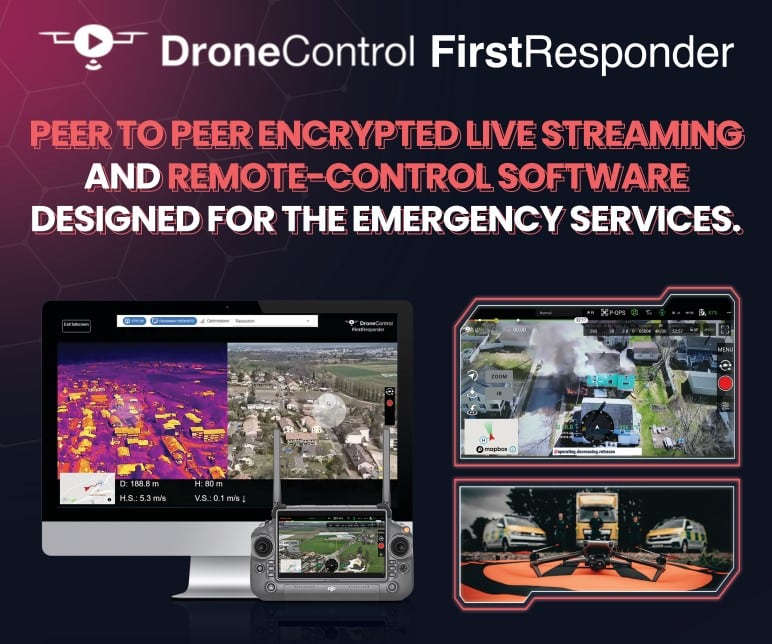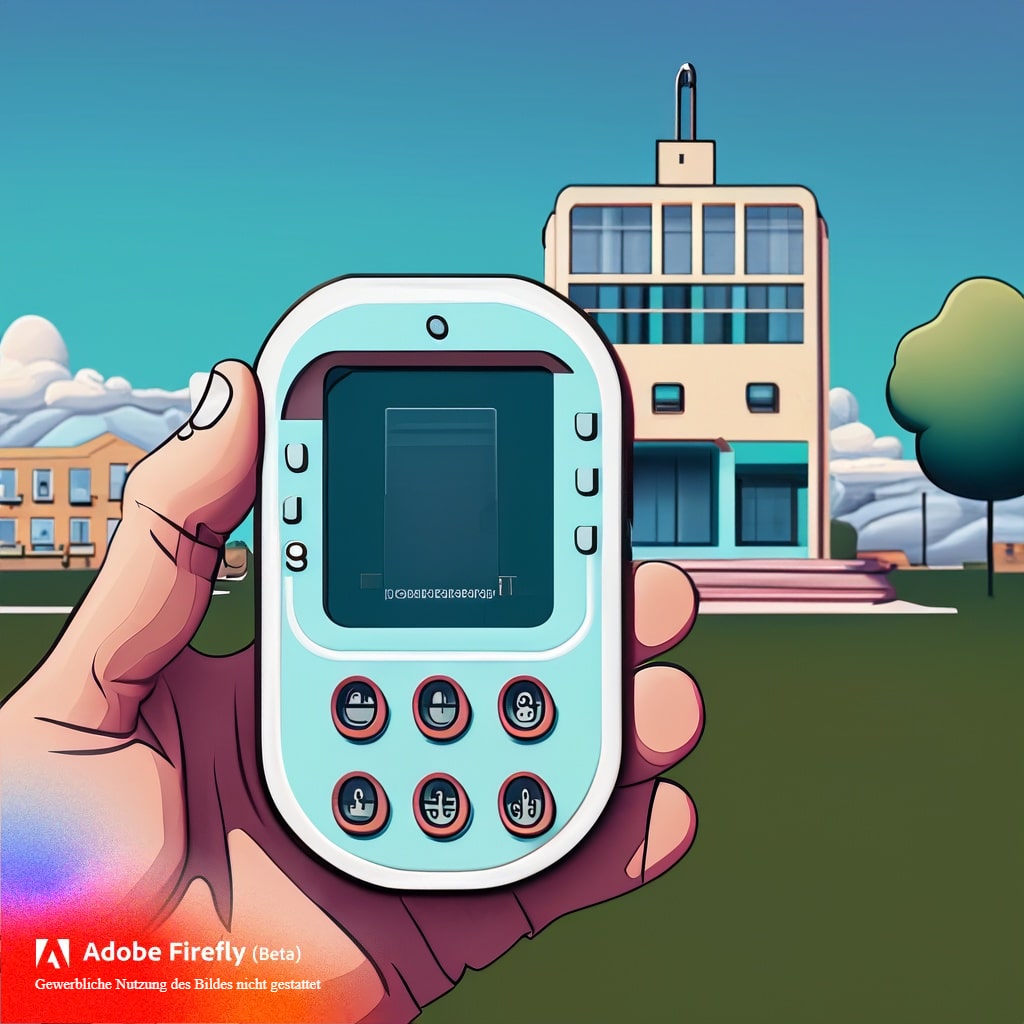DroneControl revolutionizes public safety with secure live streaming, automated management, and secure evidence storage. Learn how this technology empowers first responders.
Lies weiterA customer’s journey for mission-critical communications includes the adoption of solutions that meet their unique requirements.
Upcoming Attendance: PMR Expo, Cologne – 28th November 2023
I am happy to announce that I will be attending the PMR Expo in Cologne on the 28th November 2023, immersing in the discourse on future-oriented technologies.
Looking forward to meeting new people and catching up with old friends. I am also excited about the technological trends that will shape public safety in the future. Apart from discussing critical messaging I also look to discuss New Standard and innovation in Remote Drone Management in public safety industry (e.g. Secure Live Streaming & Control for Emergency Services. Real time secure streaming and remote control from incident site to command centre anywhere in the world) .
If you are planning your visit too, let’s leverage this occasion to connect and exchange ideas.
Looking forward to our potential interactions.
Best Regards
Increasingly, paging systems are being used in healthcare and public safety communications.
In recent discussions around technology, pagers have received increased attention. This renewed interest is unexpected given the ubiquity and convenience of text messaging services. Nevertheless, much of the interest appears to linger due to the original, simple efficiency of pagers that involves one-way radio transmissions.
This makes pagers especially well-suited for use in the healthcare and Public safety industries.
For healthcare providers, the reliability, simplicity, and secure nature of pagers have made them an indispensable tool.
Pagers facilitate instantaneous communication, which is often a critical requirement. They are easy to integrate with other digital devices like smartphones or IoT Devises without compromising communication.
Many hospitals and fire brigades have installed encrypted pagers as part of their workflows to increase the securety of their communications.
In the context of public safety, paging systems have continued to provide efficient solutions for dispatching and establishing communication with the first responders.
The current focus on digital advancements leads to upgrades in traditional paging systems.
Some organizations are working to improve their public safety systems by implementing remote programming, encryption and hybrid models.
If you are interested in getting information, join the CMA Association.
Benefits of Paging Technology in Connection with IoT
The Internet of Things (IoT) refers to the interconnection of everyday objects and devices through the internet, allowing them to send and receive data. As IoT continues to expand, paging technology can be integrated into IoT systems to enhance their capabilities and ensure reliable communication. Here are some benefits of combining paging technology with IoT:
- Enhanced Communication: Integrating paging technology into IoT systems can improve communication between devices and users, particularly in critical messaging scenarios where reliability and speed are of utmost importance.
- Increased Resilience: IoT devices can be vulnerable to network congestion and other connectivity issues. By incorporating paging technology, IoT systems can benefit from its robustness and resilience, ensuring that critical messages are delivered even during network failures or other disruptions.
- Improved Emergency Response: Paging technology can be integrated into IoT systems to enhance emergency response capabilities. For example, IoT-enabled devices can detect potential hazards, such as gas leaks or fires, and instantly send alerts to emergency responders via paging systems, ensuring a rapid response.
- Energy Efficiency: Paging technology’s extended battery life can be advantageous for IoT devices, especially those deployed in remote locations where access to power sources may be limited. This can lead to more energy-efficient IoT systems and longer operational times for devices.
Conclusion
Paging technology continues to play a vital role in the critical messaging industry, thanks to its unique features and benefits. As the world of IoT continues to expand, there are significant opportunities to integrate paging technology into IoT systems to enhance their capabilities and ensure reliable communication. By recognizing the ongoing relevance of paging systems, we can harness their potential to improve the safety and well-being of individuals and communities.
Critical Messaging in 2023
Introduction
The world is changing quickly. Public safety agencies are constantly evolving as they adjust to new technologies and emerging threats. In this article, I’ll share five key trends that will affect how public safety agencies communicate in the future.
Public safety messaging will evolve as much in the next 5 years as it has in the past 5 years.
„The future is not far away,“ said a recent New York Times article. And we couldn’t agree more. In fact, the next five years will be as transformative as the last five years. Conventional wisdom says that messaging and public safety communications will continue to evolve at a rapid pace—and we’re here to say that conventional wisdom is right!
Public safety agencies need to be proactive in order to keep pace with emerging technologies like 5G and end-to-end encryption. The way we communicate with each other is changing faster than ever before: in just over 20 years, we’ve gone from fax machines and landlines to smartphones; from text messages (SMS) to multimedia messaging service (MMS).
The environments where public safety agencies operate are becoming more complex.
You’ve heard this before: the environments where public safety agencies operate are becoming more complex. This is true because there are more users of smartphones, social media, messaging apps and video chat. People are using virtual reality (VR) and augmented reality (AR) to communicate with each other in new ways.
The public safety community is adapting to these changes too. We need to make sure our systems support the communities we serve—and that means finding new ways for our critical messages to reach their intended recipients during critical incidents.
Critical messaging must be multichannel to cover all possible means of communication.
Multichannel is a term that refers to using multiple methods of communication to reach your audience. It’s important to understand that while multichannel messaging relies on digital technology and traditional methods of delivering critical messaging like paging or text messaging.
You can make sure your message reaches everyone in the right way at the right time by sending out an instant notification on your pager or their phone.
The future requires a resilient and redundant public safety network.
Redundancy is essential because it enables a public safety network that can endure the most intense and chaotic situations. Redundancy requires not only backup, but also resilience—the ability to switch from one channel to another if the first channel is lost. In other words, redundancy requires not being dependent on a single technology or service provider.
The future is not far away; agencies need to be proactive to keep pace with emerging technologies.
We must be proactive in our response to emerging technologies, or we risk being left behind by our competitors and adversaries.
Agencies need to be aware of the ways in which emerging technologies could affect their business models, public safety strategies, and how they communicate with their stakeholders.
Conclusion
With the pace of technology and its impact on public safety communications growing exponentially, it is essential that agencies stay on top of changes. Critical messaging is an important part of any public safety agency’s mission, and it will continue to be so in 2023. Agencies need to be proactive about staying ahead of the curve by identifying emerging technologies and preparing for them now so they can take advantage when they become available.







